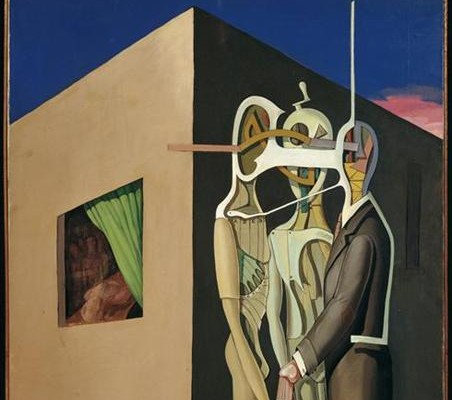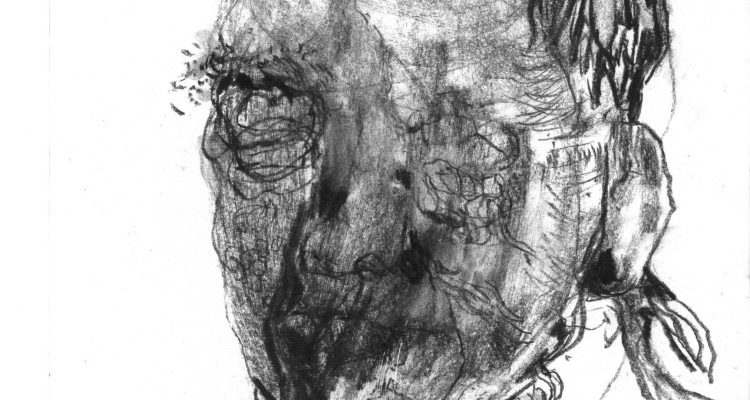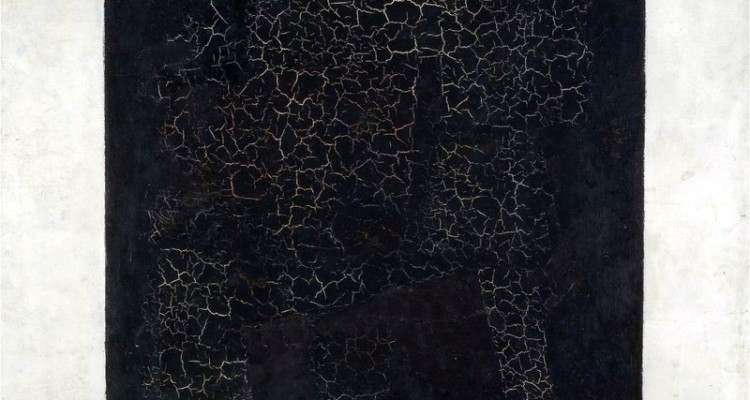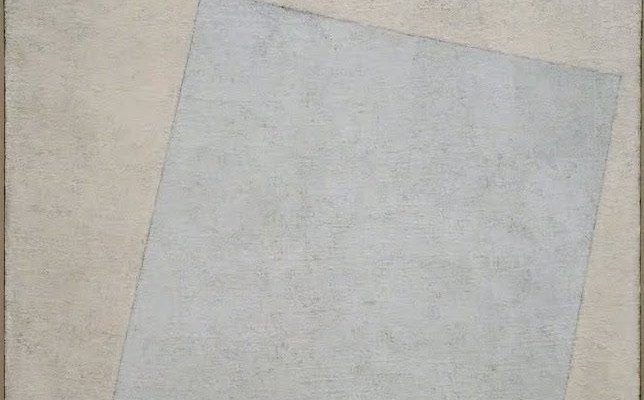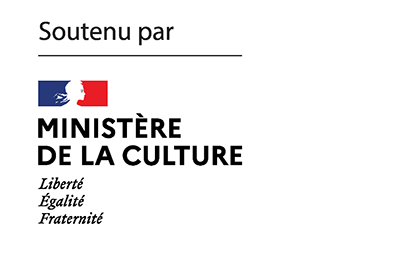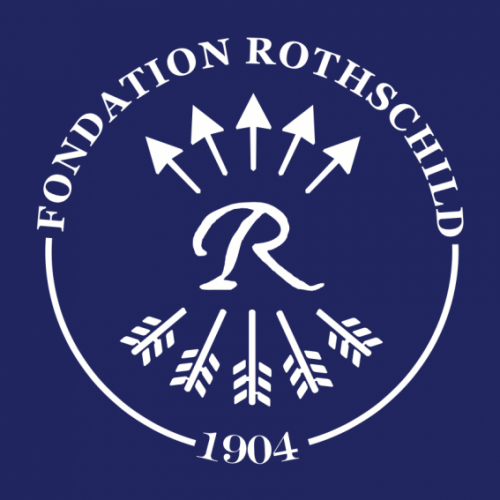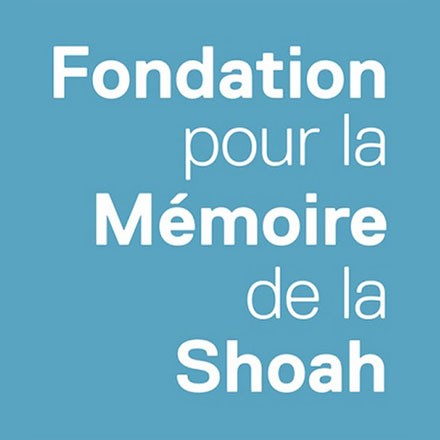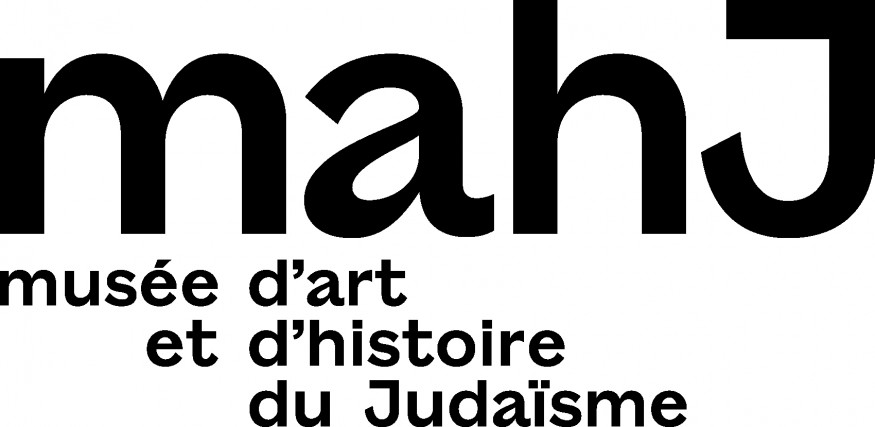Article by Balazs Berkovits
The crises that have already marked the 21st century, from 9/11 to the coronavirus pandemic, have given rise to numerous debates on the legitimacy of social criticism when it turns conspiratorial. In this text, Balázs Berkovits contributes to this discussion by questioning the unthought of those who excuse conspiracy theory: is antisemitic criticism like any other criticism?
Since the 7th of October we are appalled by the continuous flow of reactions denouncing Israel and only Israel. We are especially appalled by those that come out of academic institutions, articulated by scholars and intellectuals. But should we be surprised and shocked? Was this response to the atrocities committed by Hamas, aided by their civilian Palestinian collaborators, not entirely predictable? Have not these same people, departments, student bodies, activists, etc. been saying the same thing for at least the last two decades? Of course, they have, and a number of them didn’t even hide their glee as the full story of the massacre, the sexual violence and the kidnapping emerged.
How did Jews come to be defined as white? The answer can be found in a relatively new form of critical discourse, presently in vogue, in which ‘whiteness’ functions not as an empirical descriptor, but a politico-moral distinction. Read the second part of Balázs Berkovits’ essay on the implications of this shift, “What Color Are the Jews?”
How did Jews come to be defined as “white” by a critical discourse in vogue today? Why do we label Jews as dominant or privileged – and Israel as a colonial entity practicing apartheid motivated by Jewish and white supremacism? Part one of an essay by Balázs Berkovits on the supposed color of Jews…
Join us
With the support of:
Thanks to the Paris office of the Heinrich Böll Foundation for their cooperation in the design of the magazine’s website.
